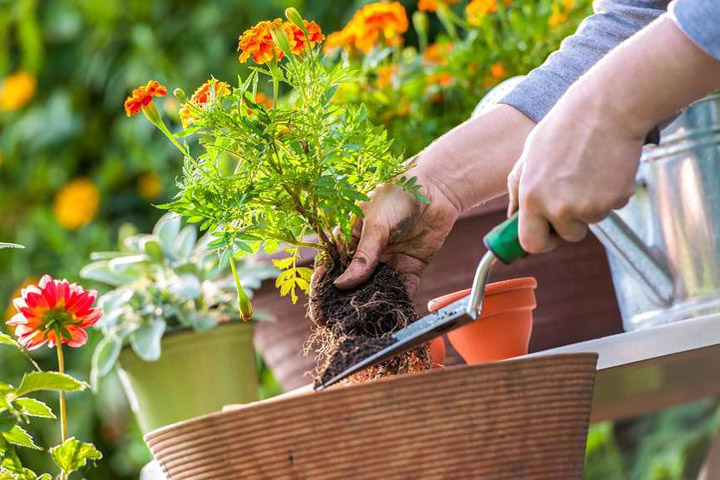
As a gardener, do you find July to be a tough month? The cool, brisk and moist days of spring are long gone, and we’re entering the dreaded dog days of summer. Prepare for the hot and humid days in the garden by planning and completing your July garden chores.
When gardening in July, do be sure to stay hydrated, take plenty of breaks and take measure to protect yourself from the sun. The best time to accomplish garden chores in July is early in the morning and in the early evening.
1. Care for annuals and perennials
Start deadheading annuals and perennials after the flowers have withered, unless you are planning on saving seeds at the end of summer. Later in the month is a good time to divide your iris clumps after they have finishes blooming. Give support to climbing flowering vines that may have outgrown the trellis you planted them with.
2. Tree and shrub care
Check your fruiting shrubs and trees for fresh fruit daily. Clean up any fallen fruit under trees to prevent pests, and check for ripe berries before any birds or squirrels get to them. Trim your fruit trees of any water sprouts. These are the stems that grow straight up from the limbs. Also, remove suckers that grow from the base of trees.
3. Fruit, vegetable and herb care
Check your garden daily and harvest, harvest, harvest. Don’t let those precious vegetables rot on the vines or fall to the ground. Harvest your garlic, onions and potatoes. You can also begin planning your fall garden and planting fall crops of peas, leafy greens, root vegetables and cole crops.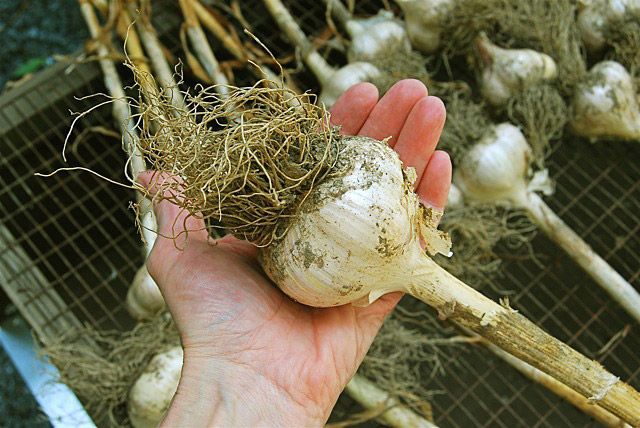
Keep an eye out for garden pests this month. Be vigilant and pick Japanese beetles, cucumber beetles and cabbage worms. Providing a water source for birds will encourage them to visit your garden and handle some of these garden pests naturally.
4. Indoor plant care
Fortunately, there isn’t much that needs to be done to indoor plants this time of year. Make sure your potted plants do not dry out completely. Potted plants require more water this time of year than any other.
5. Tidy up
Empty any standing water to prevent mosquitoes from laying eggs. There’s still time to fertilize veggies, cut back on fertilizing woody plants if you live in a northern climate to prevent late-season woody growth. Check rain barrels, and water your garden as needed. Give your raised beds and garden beds a good soaking. Replace mulch from areas it has been kicked around or blown away. July is a good time to check the garden center for deals on perennial plants. Keep your lawn mowed to 3″ tall to protect it from summer heat and to lower the amount of water it requires.
With humidity and moisture comes prime powdery mildew season. Do you know how to water your garden to prevent this fungus from spreading? Give plants and garden beds a good soaking at ground level. Try not to get water from the hose on the leaves of plants like peonies, zinnias, squash, tomatoes, melons and pumpkins. You may not think it, but trees are vulnerable to drought. Water deeply and apply mulch around the base of the tree.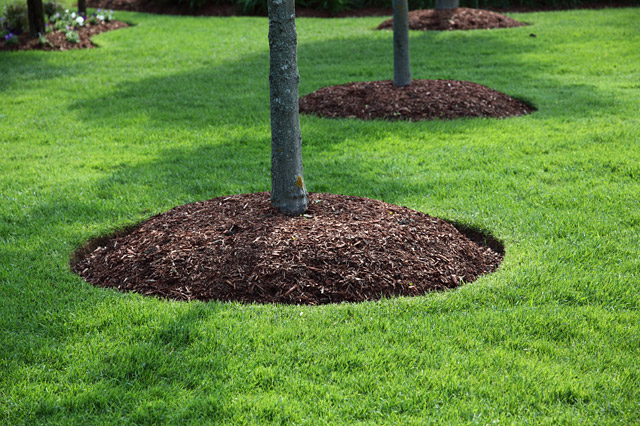
Gardening in July will have you dripping sweat, and swearing off gardening for ever if you don’t do it the right time of the day. Garden during the early hours and late afternoons and early evenings.
Not only will you avoid being outdoors during the worst of the heat, but you’ll be out in your garden during the time it is most active. Garden pests will be most active when it’s cool, giving you plenty of time to take appropriate measures to stop them before they get out of hand.
The most challenging garden chore during the month of July is watering. Water regularly and deeply, being careful to avoid getting water on the leaves of plants.

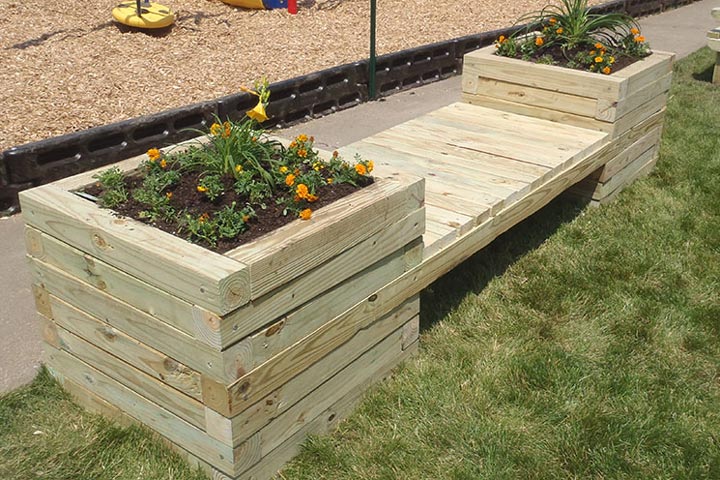
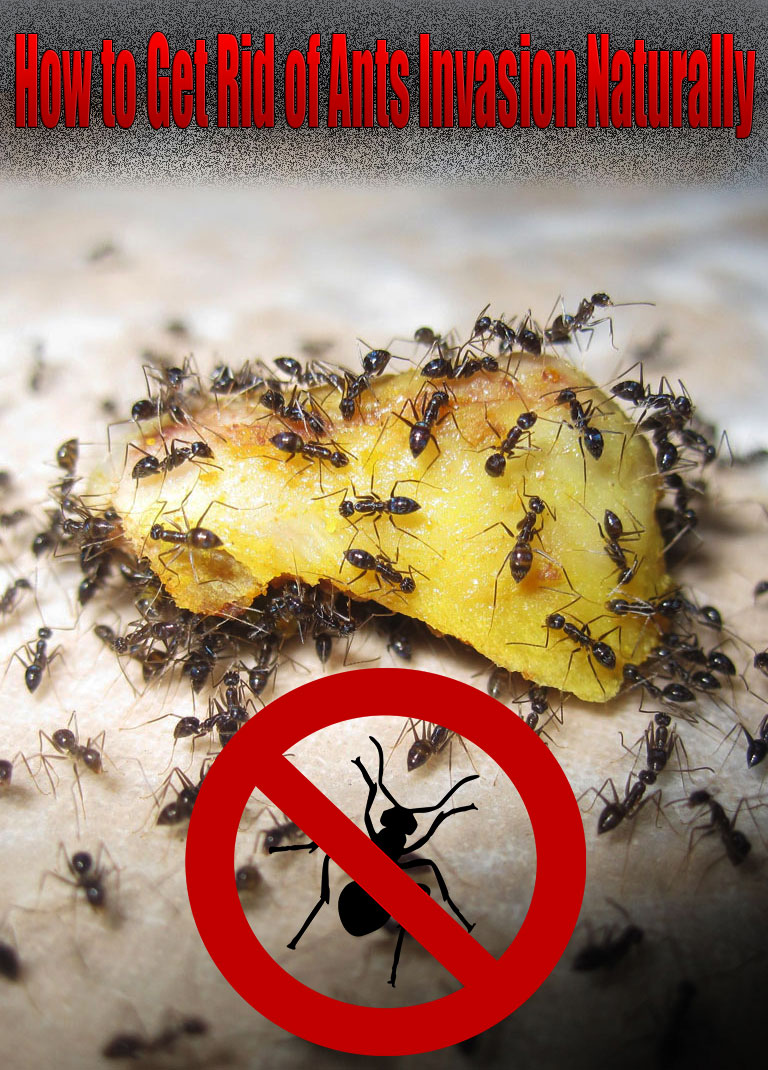

Leave a Reply